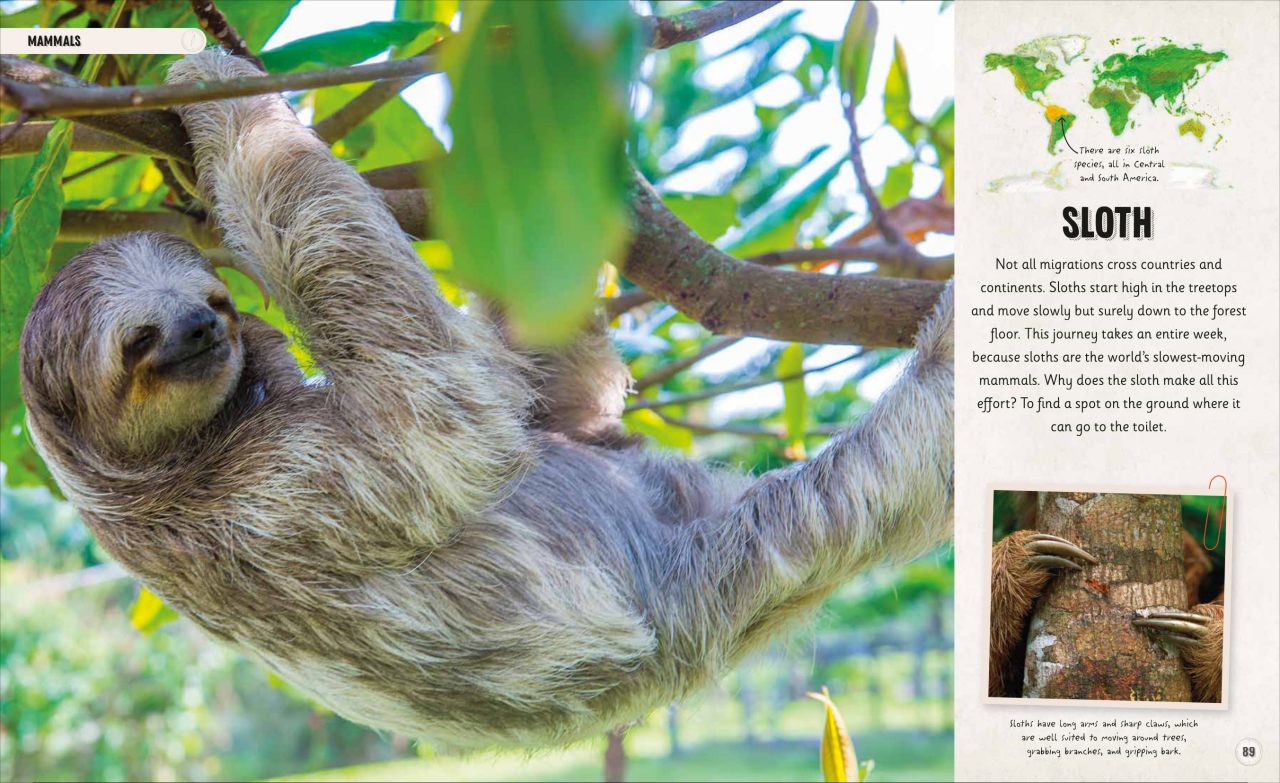Follow 7 of the world's most amazing animal journeys

A message from Philippa Forrester
The animal kingdom is bursting with incredible adventure stories that fill our planet with wonder and delight. Some are epic migrations across the land or in the skies. Others may be less obvious – microscopic in scale, or deep down in the ocean. But all journeys are an important part of life for these creatures. Writing this book, I learnt about some amazing discoveries made by scientists around the world, especially biologists. So, as you read it, I hope you uncover some new surprises, discover your own questions answered and maybe find yourself even more curious. After all, the natural world will always need people who care.
Summer seekers

Mega migrators

Arctic adventurers

Long-distance swimmers

Slow movers

Great wanderers

Micro adventurers


